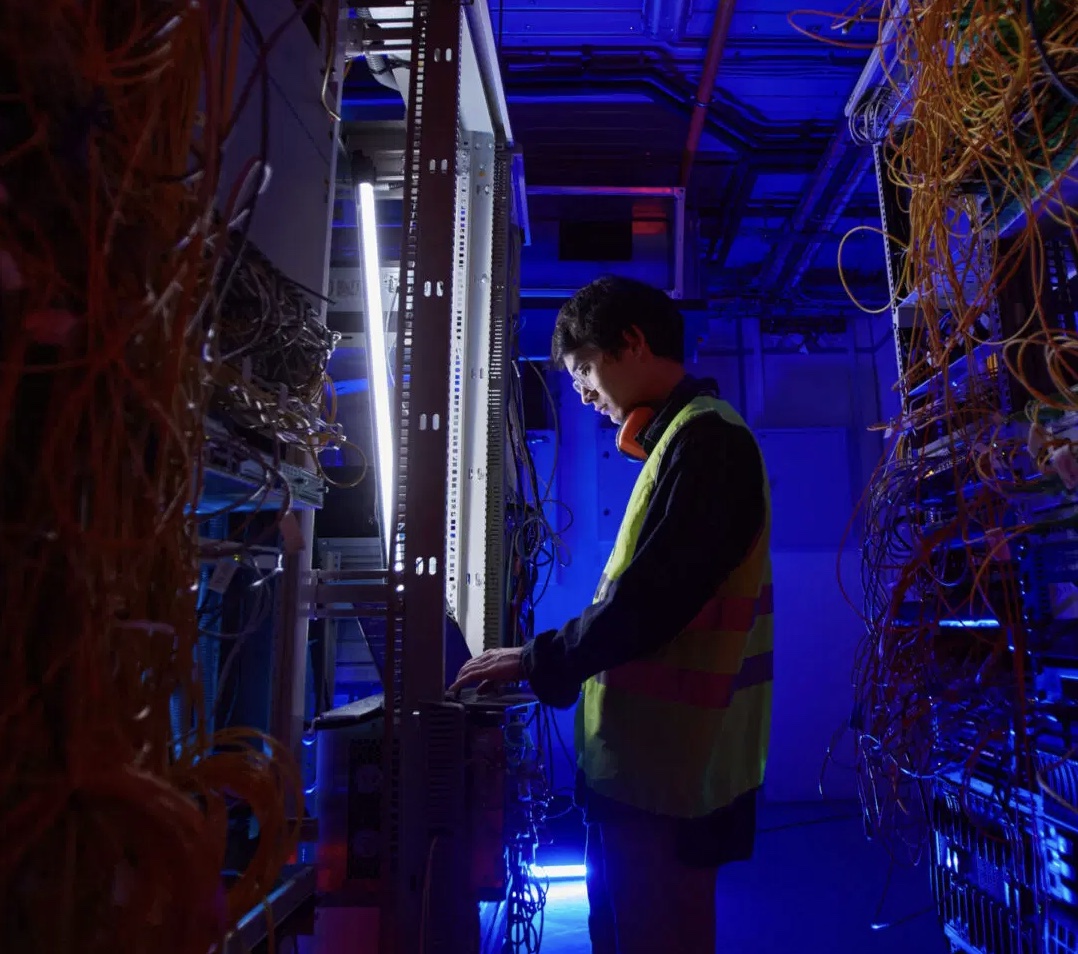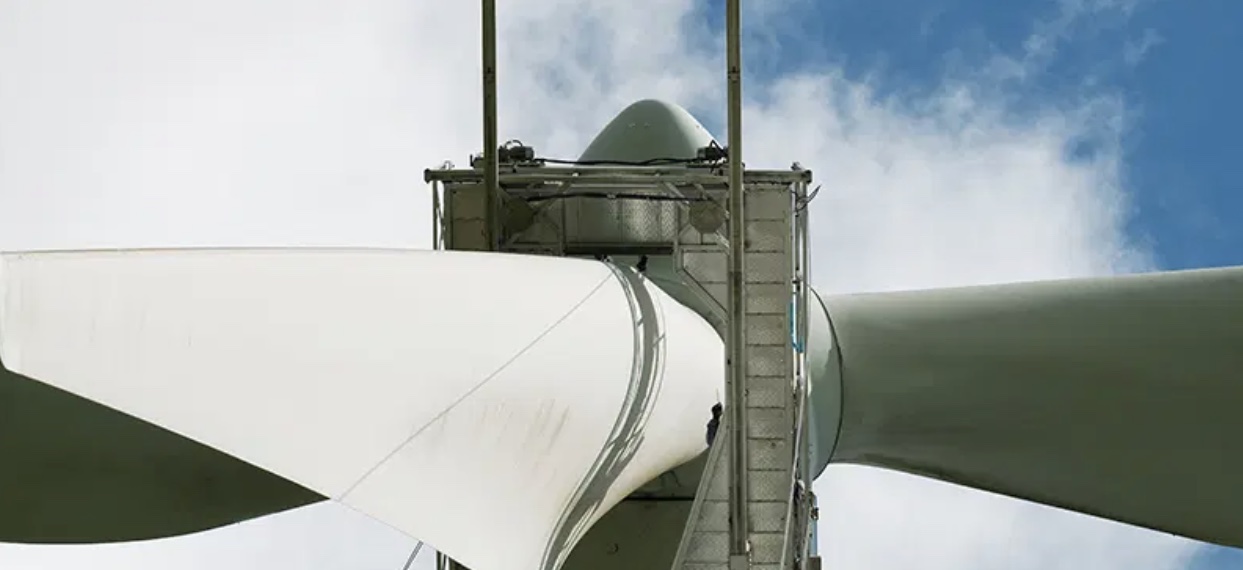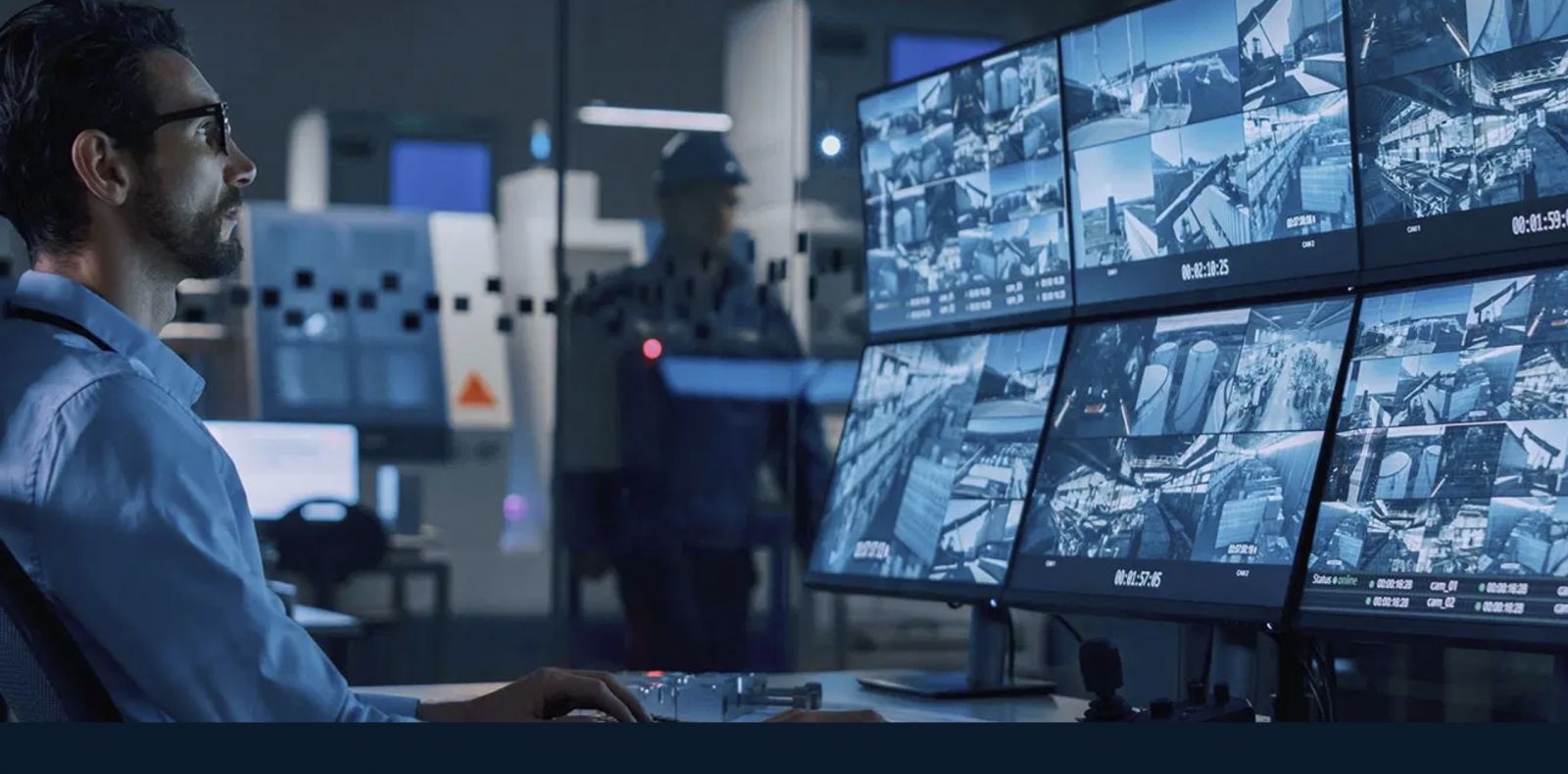AI an Operational Must-Have in the New Global Energy Economy
Despite the raging pandemic, the global supply chain, and project construction disruptions, 2020 and 2021 were banner years for renewable energy. The global wind industry installations surged, as did solar photovoltaics, hydropower, and the pressing need for energy storage. Renewable power capacity rose to 290 gigawatts (GW) in 2021, outpacing net installations in fossil fuels and nuclear power combined.
Although renewable energy is now considered a new global energy economy, there are still impediments to widespread adoption. Political pressures (which vary by country and sector), government regulations, and corporate influences are all issues outside the power of technology; high material costs, managing outdated infrastructure and asset failures, and cyber threats, however, are not.
 Artificial intelligence (AI) and machine learning (ML) have become revolutionary for renewables, unlocking the vast potential of renewable energy data, and transforming the industry. By leveraging the power of these technologies, power companies can accelerate production, predict and prescribe maintenance, maximize operational efficiency, and improve overall grid management operations.
Artificial intelligence (AI) and machine learning (ML) have become revolutionary for renewables, unlocking the vast potential of renewable energy data, and transforming the industry. By leveraging the power of these technologies, power companies can accelerate production, predict and prescribe maintenance, maximize operational efficiency, and improve overall grid management operations.
The headwinds of renewable energy adoption
As an example, commercial wind turbines carry a hefty price tag of $2.6 – $4 million per average-sized turbine. Operation and maintenance costs average $42,000 – $48,000 per year. This is a cost that climbs with the age of the turbine, mainly due to the harsh environments in which they operate.
Wind turbines, along with all renewable energy assets, create a flood of data, especially when digitized. Turbines generate SCADA data, outputting values for up to 500 different metrics each second. Project operators are tasked with spending far too much time and too many resources sifting through this data. Without any technological assistance, they inevitably miss opportunities to optimize projects, identify and address underperforming assets, and prevent failures and downtime.
Wind turbines are also complex mechanisms, comprised of more than 8,000 different components, including electronics, sensors, hydraulics, yaw motors, rotor blades, mechanical brakes, gearboxes, generators, and more. Failures of any of these can cause varying periods of downtime. Gearbox failures are rare, but cause an average of six days of downtime. Electrical damages are more common, but the downtime duration is shorter, so wind technicians tend to focus on preventing failures that result in long periods of downtime (gearbox, generator, and drivetrain).
After installation, the most complex and costly aspect of wind energy production is maintenance. Global onshore wind operations and maintenance costs reached nearly $15 billion in 2019. Of that amount, $8.5 billion was spent on unplanned repairs and corrective actions caused by component failures. Given the cost of hardware components and labor, wind power plants and asset owners have sharpened their focus on operational expenditures.

Using AI to reduce costs and improve performance
There are numerous ways artificial intelligence (AI) can be applied to renewable energy. In utilizing an AI-enabled asset management platform designed specifically for clean energy, owners can take advantage of the latest in cloud computing and data analytics with AI and ML technologies. Comprehensive platforms, complete with dashboards, monitoring, automated reporting, alarm and event management, and natural language processing (NPL) of unstructured data, can significantly benefit and augment the operators who deploy them.
Structured and unstructured data can be turned into predictive maintenance, production forecasting, energy optimization, parts forecasting, and data aggregation capabilities – in real-time, and with visualization and reporting. Combining the power of data analytics with physics-based digital twin technology results in comprehensive models with incredibly high accuracy and long lead prediction horizons.
AI and ML can also be used to simplify the highly complex process of managing decentralized grids, and balancing supply and demand in real-time. Decentralized energy sources can send excess electricity to the grid, while utilities direct that power where it’s needed.
Fight technology with technology
Cyber threats are a serious challenge for the renewables industry. Many of the systems currently in use were built to prioritize efficiency over security, with original equipment manufacturers and third-party operations and maintenance providers granted open access to assets and networks. Each physical and online access site presents a possible intrusion point. The resulting gaps (technical, people, and process security) leave the entire renewables value chain vulnerable to malicious actors, disgruntled personnel, and/or nefarious third-party vendors.

Cyber breaches on renewable assets have potentially severe consequences, including (but not limited to) loss of data, production, revenue, and reputation, as well as health, safety, and environmental risks. To mitigate threats, security must take priority; it must be assessed at every stage of the project lifecycle, with AI should embedded in all processes.
Bad actors (hacktivist groups, lone wolf hackers, and state-sponsored cyber warfare units) are becoming more sophisticated in their endeavors. They continuously devise new forms of cyberattacks like crypto-jacking and malware attacks on the Internet of Things, or smartphones and cross-site scripting. By leveraging machine learning (ML), companies benefit from real-time monitoring and security threat detection, which can prompt quick action. Low-profile, cognitive endpoint agents learn the common behavioral patterns of devices so they can be analyzed to detect anomalies, without impacting user experiences. AI technologies prevent zero-day and polymorphic malware attacks, such as the malicious computer worm Stuxnet, the banking Trojan called Ursnif (also known as Gozi), Vobfus Windows worm virus, and Bagle, an email worm, as well as advance masking techniques like weaponized documents, scripts, macros, and memory injection attacks.
There is no doubt that renewable energy is the solution to the climate challenge – fossil fuels are by far the largest contributor to global climate change, accounting for over 75 percent of global greenhouse gas emissions, and nearly 90 percent of all carbon dioxide emissions. But renewable energy powered by next-generation, end-to-end AI technology is what will take renewables from a newsworthy buzzword to a sustainable and safer future, all while increasing automation and cost savings, digitizing maintenance, creating higher operational efficiencies, and improving our bottom lines.
Rob Budny is the VP of Sales for Renewable Energy at SparkCognition, where he leads the sales organization for SparkCognition’s Ensemble Asset Performance Management solution for renewable energy operators. Prior to joining SparkCognition, Budny was the COO and Co-Founder at Ensemble Energy, which was acquired by SparkCognition in May of 2021. He has held executive positions in several organizations, including RBB Engineering and Clipper Windpower. Rob has been an invited speaker at events such as the NREL Drivetrain Reliability Collaborative, and the AWEA Operations, Maintenance and Safety Conference. He holds a Bachelor of Mechanical Engineering degree from the University of Maryland, Baltimore County.
SparkCognition | www.sparkcognition.com
Author: Rob Budny
Volume: 2022 July/August








